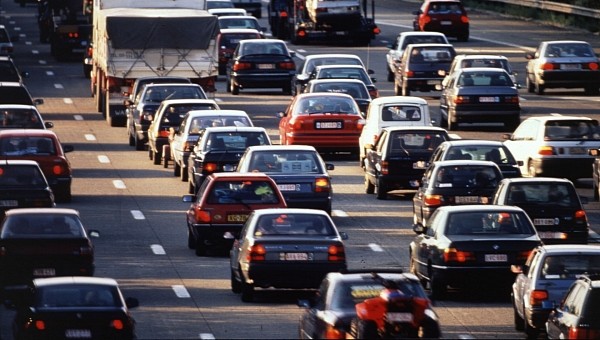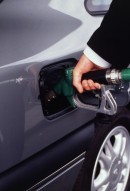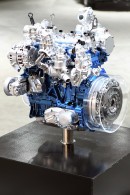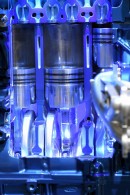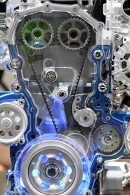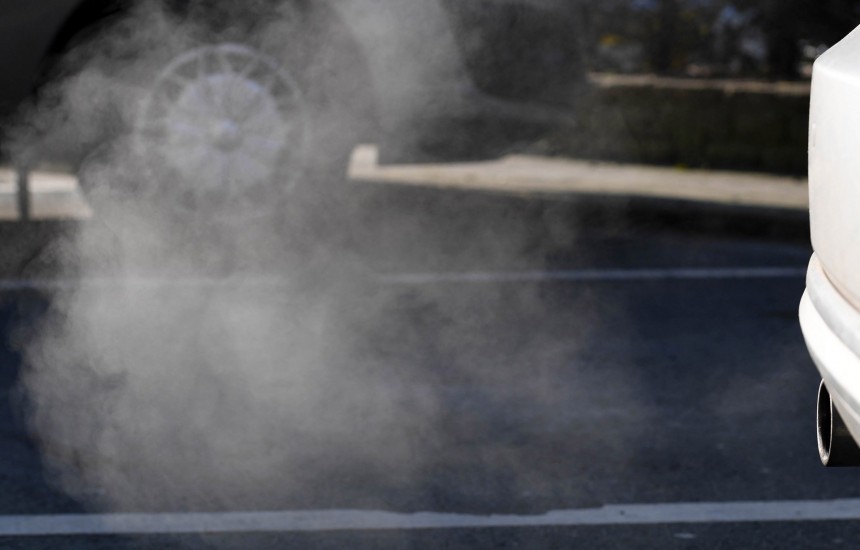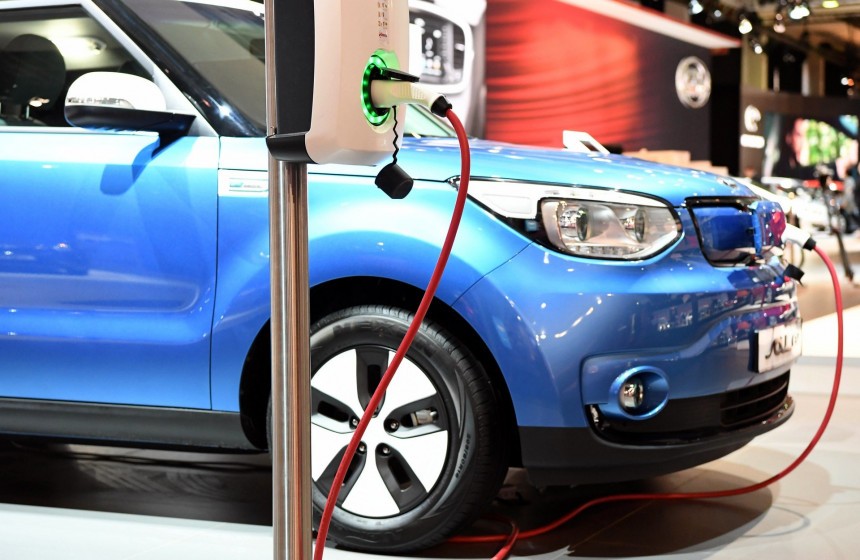Europe made a big deal of proving to the planet that it cares about CO2 emissions, sustainable transportation, and global warming. When the member states agreed to ban fossil-fuel-burning new cars from being sold after 2035, the fate of ICEs looked as good as sealed.
Suddenly, one of Europe’s heavyweights – in fact, the heavyweight when it comes to car manufacturing – has decided to reanalyze the seemingly set-in-stone deadline. Germany pulled the reins big time on the EU’s polar-icecap-saving initiative.
The vote to adopt into law the proposed set of measures was planned for next week, but the German stall put everything on hold, with no concrete date for a new session. It’s not common for the European Commission to have policies hindered just days before voting, but Germany’s position is quite clear.
German Transport Minister Volker Wissing once again affirmed that using carbon-neutral synthetic fuels “should remain possible” after the 2035 deadline. While technically viable, these quasi-renewable hydrocarbons don’t eliminate tailpipe CO2 emissions straightaway.
It doesn’t increase the concentration of carbon dioxide in the atmosphere, as whatever a car produces is theoretically recovered by producing synthetic fuels (also known as e-fuels). Greenhouse-effect-producing gases have been on the EU agenda for decades. The transport sector was repeatedly pointed out as a significant contributor to global warming.
According to official figures, around 25% of EU emissions are generated by automobiles, almost nullifying the bloc’s strive against rising global temperatures in the past three decades. While controversial, Germany’s position is not solitary, with Italy already saying the country will vote against the proposed 2035 law.
It took months of negotiations between the European Parliament, the EU Commission, and member states to agree on the final legislative form for banning ICEs. The consensus was reached on allowing only zero CO2-producing vehicles to be sold (new) in the EU from 2035.
In other words – if it burns oil derivatives, it’s out of the books. And, while carmakers have reacted to this announcement and are now flooding the market with tree-hugging full-electric automobiles, the Piston Age is not entirely done yet.
A non-binding section of the EU law requires the Commission to propose how CO2-neutral fuel engines can still be sold after 2035. Germany is not content with that and demands clarifications. Europe’s largest carmaker – and one of the key players in the global market – would fully feel the impact of a sudden slash in the production of internal combustion engines.
Even so, the country’s automotive manufacturers have set their own goals toward phasing out the “smokers.” Audi Chief Executive Markus Duesmann opined that prolonging the use of ICEs raises the risk of putting the industry on the brink of a cataclysmic collapse. The EU ban plan could shatter if Germany doesn’t clarify its position until the final vote.
On Sunday, March 5, the German cabinet will hold a meeting – most likely to revise the topic – and the EU Commission President Ursula von der Leyen will be present. The EU lawmaking bodies ratified the document’s final form in February of this year.
The vote to adopt into law the proposed set of measures was planned for next week, but the German stall put everything on hold, with no concrete date for a new session. It’s not common for the European Commission to have policies hindered just days before voting, but Germany’s position is quite clear.
German Transport Minister Volker Wissing once again affirmed that using carbon-neutral synthetic fuels “should remain possible” after the 2035 deadline. While technically viable, these quasi-renewable hydrocarbons don’t eliminate tailpipe CO2 emissions straightaway.
According to official figures, around 25% of EU emissions are generated by automobiles, almost nullifying the bloc’s strive against rising global temperatures in the past three decades. While controversial, Germany’s position is not solitary, with Italy already saying the country will vote against the proposed 2035 law.
It took months of negotiations between the European Parliament, the EU Commission, and member states to agree on the final legislative form for banning ICEs. The consensus was reached on allowing only zero CO2-producing vehicles to be sold (new) in the EU from 2035.
A non-binding section of the EU law requires the Commission to propose how CO2-neutral fuel engines can still be sold after 2035. Germany is not content with that and demands clarifications. Europe’s largest carmaker – and one of the key players in the global market – would fully feel the impact of a sudden slash in the production of internal combustion engines.
Even so, the country’s automotive manufacturers have set their own goals toward phasing out the “smokers.” Audi Chief Executive Markus Duesmann opined that prolonging the use of ICEs raises the risk of putting the industry on the brink of a cataclysmic collapse. The EU ban plan could shatter if Germany doesn’t clarify its position until the final vote.
On Sunday, March 5, the German cabinet will hold a meeting – most likely to revise the topic – and the EU Commission President Ursula von der Leyen will be present. The EU lawmaking bodies ratified the document’s final form in February of this year.
